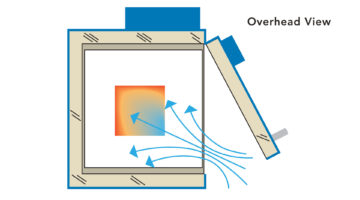
Firing: Basic Principles L015
In this lesson, learn the eight basic steps that make up a firing schedule and why they are important.

In this lesson, learn the eight basic steps that make up a firing schedule and why they are important.
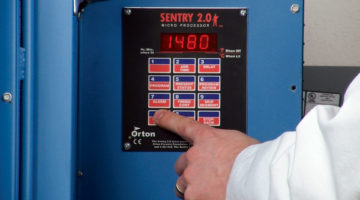
In this lesson you will learn how to operate a kiln to control precisely how glass is heated, cooled and ultimately formed.
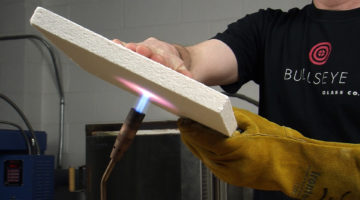
In this lesson you will learn about types of kiln furniture and how to use them in kilnforming glass.
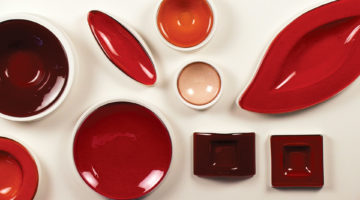
In this lesson you will learn about glass “slumping” methods, with a focus on using commercial ceramic molds.
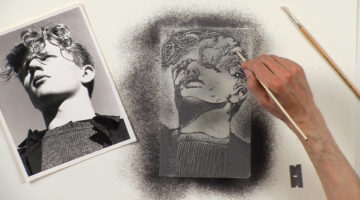
Practice these exercises to become proficient in the method of drawing with crushed glass powders.
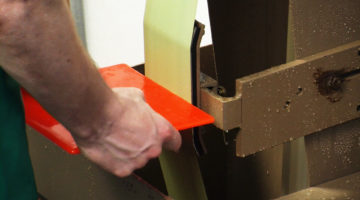
Learn to use the wet belt sander to grind and smooth glass edges and achieve a variety of surface finishes.
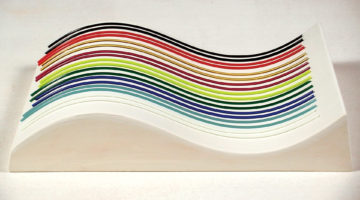
In this lesson, you will learn a variety of ways to work with manufactured, as well as hand-pulled, stringers.
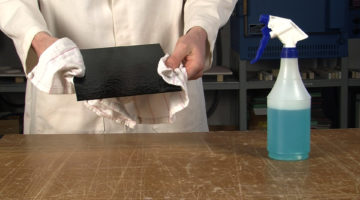
In this lesson, learn how to clean glass properly to avoid problems caused by surface contamination.
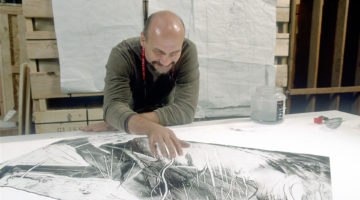
Introducing four artists who draw with glass to explore the unique opportunities provided by the method.
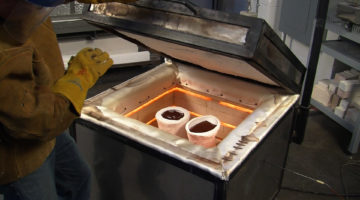
In this lesson you will learn about the qualities to look for in any kiln, the most common types of kilns available, and the strengths and limitations of each.
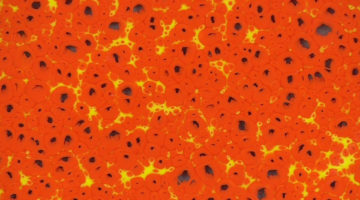
Boiling glass radically exceeds the parameters of Bullseye's tests for compatibility. Still, we know people do it. We decided to do a project involving the so-called boiling of glass to provide practical guidelines for success.
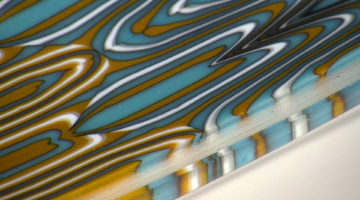
In this lesson you will learn how to make flow slabs and use the cross-sectional pieces to design and create finished work.